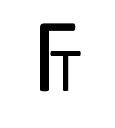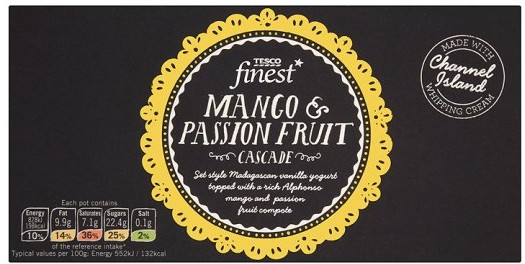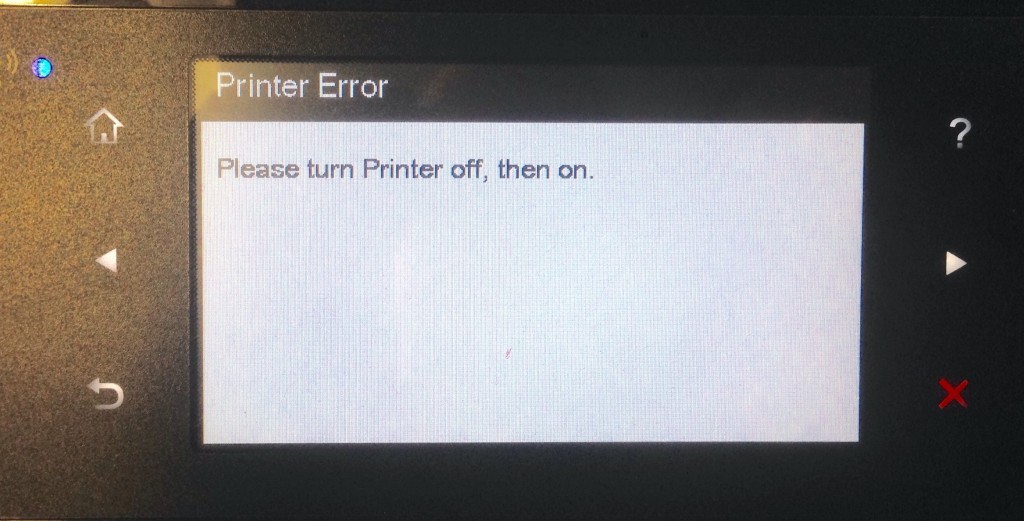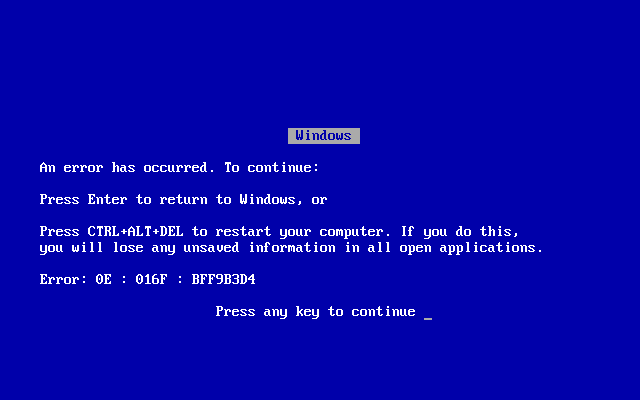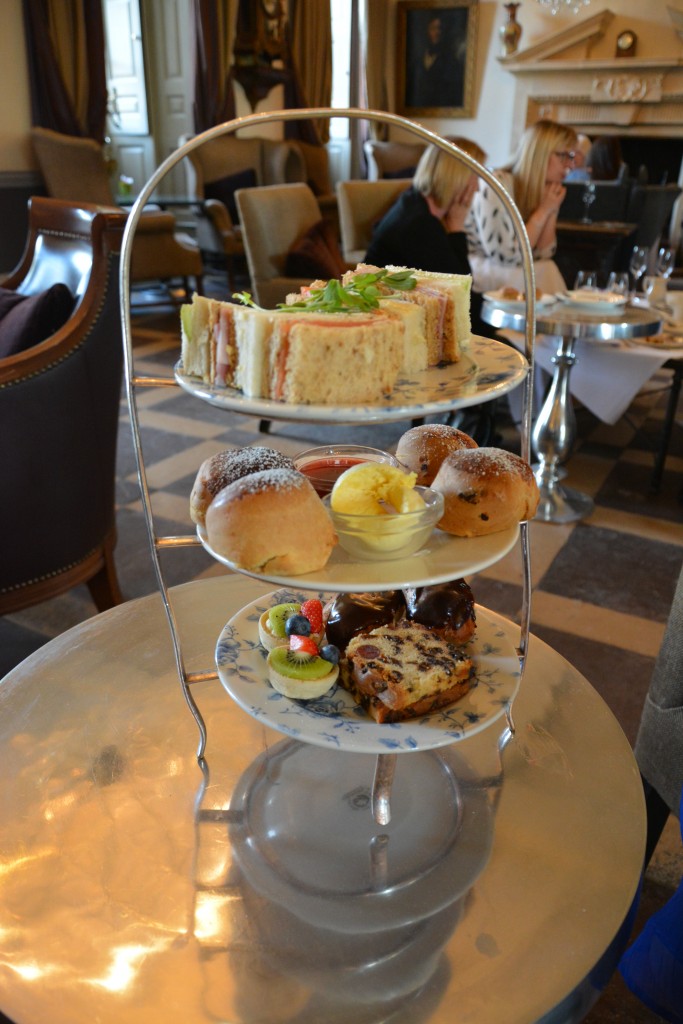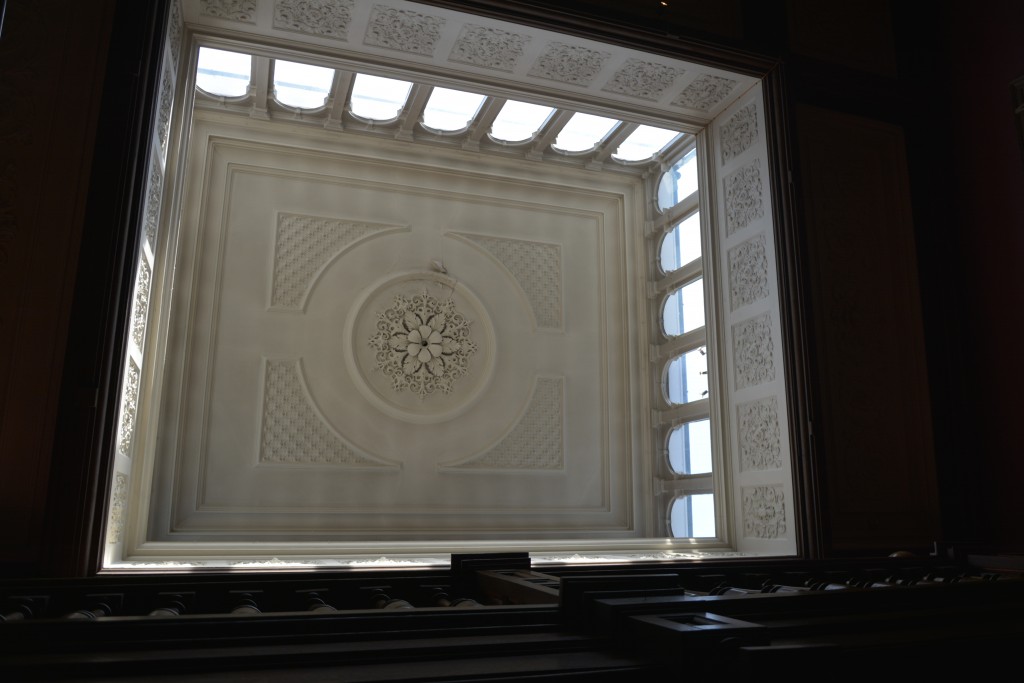I have some new proposed SI units for you to use. I think you should use them liberally because language evolves and changes over time so these could be commonplace in the next couple of decades. Both of these units have been developed with Sally.
THE WARDROBE
The wardrobe is an integer measurement with an upper and lower bound for determining the minimum number of romantic dates before new clothes must be purchased because clearly outfits can’t be repeated. The symbol for the wardrobe is:
][
This unit is quite person specific and covers the following range:
Lower bound – the number of complete clothing outfits that can be worn given that no single item of clothing may be worn twice.
Upper bound – the number of clothing outfits that can be worn given that any complete combination can’t be used twice.
As an example consider the following rather basic wardrobe contents:
- 7 different pairs of socks (socks of same colour and style count as 1)
- 5 different pairs of pants (pants of same colour and style count as 1)
- 4 different shirts
- 5 different pairs of trousers
- 6 different pairs of shoes/boots
Given this situation then clearly:
This person can only wear the four different shirts before they need repeating. It doesn’t matter what else that person owns. The upper bound is simply calculated as the product of the number of items in each group that can be considered as being fully dressed for a romantic date.
As you can see the ][ unit has a wide range. The minimum is merely equal to the fewest items of a clothing category. The upper bound, because of combinatorics, becomes quite large, quite quickly.
example question:
I own shoes, pants and onesies. If ![]() determine how I organise my wardrobe.
determine how I organise my wardrobe.
Solution:
4823 = 13 x 371
371 is product of two primes, namely 53 and 7.
Therefore you have either have 53 sets of pants or 53 sets of onesies. Either way I would suggest that you use a pack of playing cards, with one joker included, attached to your clothing to organise the items in a wardrobe.
THE FUCKTON
This unit developed out of the need to describe large quantities where previous units and measurements had failed. It may be clearly seen that the etymological derivation of this unit comes from a portmanteau of fuckloads and tons. This unit is not specifically a measure of mass, but could be used as such. The fuckton is used primarily to give a sense of more than “very much”.
The symbol for the fuckton is:
The fuckton should be used as a non-specific answer to questions where the term “a lot” doesn’t quite give the correct impression.
How many raindrops fall on the UK over a year?
How much does middle lane driving annoy you?
If you go in the express petrol lane, how wrong is it to then pay in the shop?
How many colours are there in a rainbow?
To give a sense of scale I think it is necessary to indicate what size the number is that a fuckton could represent. The fuckton is defined as the total number of Lego bricks ever made. So the current value of a fuckton is:
This, we believe, to be an extremely useful unit of measurement. The difficulty associated with a changing definition is outweighed by the usefulness of the value.
By the way, a Fuckton << googal.

